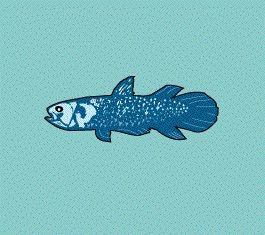Rates of evolution - What is stasis?

Two main ideas have been put forward to explain stasis:
• Stabilizing selection
Natural selection acts against change in form and keeps the population constant through time. Rapid speciation may occur when there are new selective conditions.
• Constraint
The species do not change because they lack the necessary genetic variation. When these constraints break down under exceptional conditions species may change rapidly. It has been suggested that in peripherally isolated populations where speciation may take place, latent or new genetic variation is expressed.
Reasons to doubt the importance of constraints:
• The hypothesis that a character is not changing because it has no genetic variation can be tested in modern species. So far a lack of genetic variation has never been shown to be the reason why any character remains unchanged.
• The evidence of geographic variation: Species vary markedly from place to place and the existence of ring species shows that geographic variation within a species can be large enough to produce speciation. This strongly suggests that ordinary geographical variation alone can explain speciation.
Conclusion
There is a debate over why species can persist in the fossil record for long periods of time without changing. Stabilizing selection is a well-documented and plausible explanation while constraint is an undocumented but still possible hypothesis.
The paleontologist Simon Conway Morris gives his own views on the phenomenon of stasis.
| Next |



